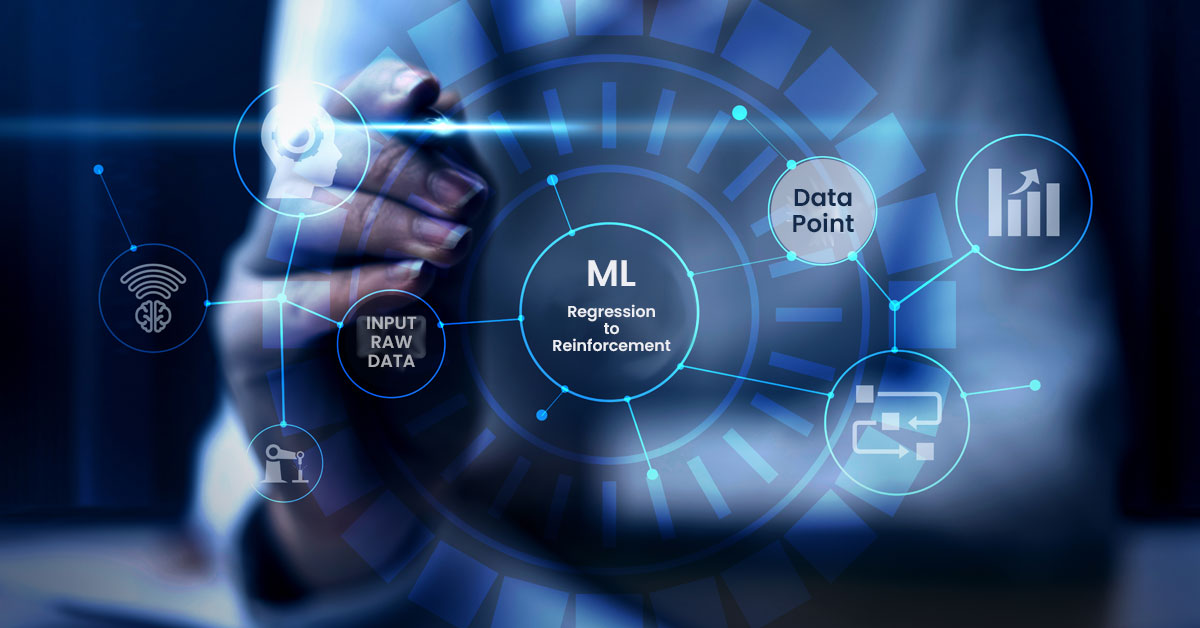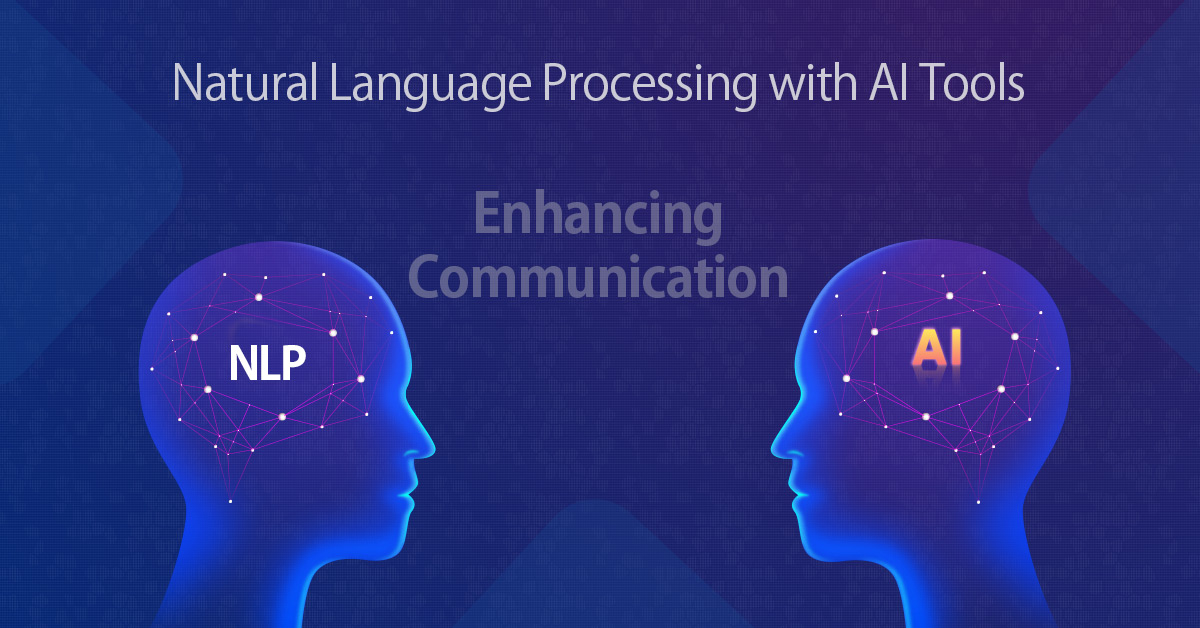Role of Artificial Intelligence in Modern Data Extraction Techniques

5 min read
Data is the cornerstone of insight and innovation in the interconnected world of digital information. Yet, deciphering meaningful insights from an endless sea of information often feels like searching for a whisper in the wind. Blending human ingenuity with advanced technology leads to more efficient and insightful data interpretation.
In this journey, we learn how technology can enhance our natural abilities and ensure that human insight remains at the heart of data-driven decisions.
What is Data Extraction in AI?
AI data extraction refers to identifying and retrieving relevant information from various data sources. These sources can range from text documents and images to complex databases. Unlike traditional methods that require manual sifting through data, AI-powered data extraction utilizes advanced algorithms to automate and refine the process.
The innovative approach increases the accuracy and relevance of the information by accelerating the extraction process.
How Does AI Data Extraction Work?
AI data extraction is an innovative process for recognizing, extracting, and interpreting data from a variety of formats and sources.
Identifying data sources, including structured and unstructured format files like text, photos, and multimedia files, as well as organized formats like databases and spreadsheets, is the first step. Following that, the data undergoes preprocessing, including cleaning, normalization, and noise removal. After the data is analyzed, AI algorithms extract relevant features or qualities.
These algorithms use a variety of approaches, such as computer vision, natural language processing (NLP) and deep learning, which are customized to the data’s specifics and the extraction process’s goals. After that, these algorithms are trained on labelled data to identify trends and connections, gradually increasing their effectiveness.
After training, these AI models are applied to the data sources, utilizing AI techniques such as object detection for images and optical character recognition (OCR) for text to extract relevant information efficiently. The data goes through validation and refining procedures after extraction to assurance correctness and consistency.
At last, the insights that have been collected are combined with analytical and visualization tools further down the line, enabling organizations to make data-driven, well-informed decisions to aid them in achieving their goals.
Benefits of Data Extraction with AI
Organizations can gain from integrating AI into data extraction procedures in several ways.
-
Efficiency
AI-driven data extraction automates repetitive procedures that would otherwise require a large amount of human effort, giving organizational processes unprecedented efficiency.
By utilizing AI algorithms, businesses may expedite data extraction procedures and reduce the time and resources needed to handle massive amounts of data. By this efficiency increase, teams can concentrate on higher-value activities like analysis and decision-making, which eventually quickens data processing.
Organizations may extract insights more quickly using AI-powered extraction, facilitating prompt decision-making and improving operational agility in response to shifting market conditions.
-
Accuracy
The capacity of AI-driven data extraction to yield unmatched precision in gleaning insights from intricate datasets is one of its primary benefits.
Because AI algorithms are educated on enormous volumes of data, they can accurately and precisely recognize tiny patterns, correlations, and anomalies. Because of its precision, which reduces errors and ensures the dependability of extracted insights, enterprises may feel secure in their data-driven decisions.
AI-powered extraction solutions improve data quality and integrity by doing away with manual intervention and human error, providing a solid basis for well-informed decision-making and strategic planning.
-
Scalability
Artificial intelligence (AI) systems are scalable, efficient and effective in managing massive data. These extraction systems can scale and adjust in response to the rapidly growing volumes of processed data. AI algorithms can effectively extract, process, and analyze data at scale without sacrificing accuracy or performance, whether working with terabytes or real-time streaming data sources.
Regardless of size or complexity, this scalability ensures that businesses can efficiently manage and derive insights from various data sources to support their changing goals and demands.
-
Insights Generation
AI systems allow organizations to find hidden patterns, trends, and correlations that might not be seen through manual analysis alone by obtaining and analyzing data from various sources. Deeper insights into an organization’s operations, clientele, and marketplaces are possible because of AI algorithms’ exceptional ability to discern intricate relationships and dependencies inside datasets.
These insights enable businesses to drive innovation throughout their business activities, streamline workflows, and make data-driven decisions.
AI-powered data extraction enables enterprises to fully utilize their data, resulting in a competitive edge and increased corporate growth, whether the goal is forecasting customer behaviour, spotting market trends, or streamlining supply chain processes.
-
Challenges of Manual Data Extraction
Despite the benefits of AI-driven data extraction techniques, manual data extraction poses many difficulties. Human error might occur initially since operators may misapprehend or overlook important details, mainly when working with big datasets. As a result, the accuracy and consistency of the collected insights may be compromised.
Second, manual extraction procedures take a long time and require much work when handling complicated or unstructured data. Failure in decision-making can impede an organization’s ability to adapt quickly to changing market conditions.
Furthermore, human operators who perform manual extraction face cognitive strain that frequently results in weariness, burnout, and decreased productivity. The recurrent nature of these activities increases the likelihood of errors and degrades the quality of the insights gleaned.
Finally, manual extraction techniques rely on human effort and resources to be more scalable. As data volumes increase, organizational growth and innovation are limited by the growing inefficiency and impracticability of manual processes.
Acknowledging these obstacles highlights companies’ need to adopt AI-driven strategies to improve their data extraction capacities and successfully propel commercial success.
Conclusion
Uncovering relevant information in vast amounts of data in our digital age might take time and effort. It demonstrates how augmenting human intelligence with modern tools, like artificial intelligence (AI), can improve data interpretation.
AI enhances the speed and ease with which essential details may be extracted from data, enabling us to make better decisions based on that data. We examined how AI modifies the rules of data collection and utilization. It can handle enormous amounts of data simultaneously, automate tedious activities, and commit fewer errors. As a result, we can gain more understanding and make more informed decisions.
FAQ
1. What is AI-powered data extraction?
AI-powered data extraction involves using artificial intelligence technologies, such as machine learning, natural language processing, and computer vision, to automate the process of identifying and retrieving relevant information from various data sources. This approach significantly improves efficiency, accuracy, and scalability compared to traditional manual extraction methods.
2. How does AI improve the data extraction process?
AI enhance the data extraction process by automating repetitive tasks, reducing human error, scaling with the growth of data volumes, and uncovering hidden patterns and insights that might be missed by manual methods. These improvements lead to faster decision-making, more reliable data insights, and the ability to handle complex data sets effectively.
3. Can AI completely replace human involvement in data extraction?
While AI can automate many aspects of the data extraction process. Human oversight is still essential for setting extraction parameters, training AI models, and interpreting complex results. The goal of AI is to augment human capabilities, not replace them. ensuring that data extraction outcomes are aligned with organizational objectives.
4. What are the challenges of manual data extraction?
Manual data extraction is time-consuming, prone to errors, limited in scalability, and can lead to analyst fatigue. These challenges make it difficult for organizations to process large volumes of data efficiently and can compromise the quality and reliability of extracted insights.
5. Are there any limitations to AI in data extraction?
While AI offers significant advantages, it also has limitations. Such as the need for large datasets to train models, potential biases in data or algorithms. And also the complexity of tuning AI systems for specific tasks. Addressing these challenges requires ongoing human expertise and oversight.
6. How do organizations implement AI in their data extraction processes?
Organizations can implement AI in their data extraction processes by identifying use cases that benefit from automation, selecting appropriate AI tools and technologies, training AI models on relevant data, and continuously monitoring and refining AI systems to ensure they meet evolving needs.
7. What is the future of AI in data extraction?
The future of AI in data extraction looks promising, with ongoing advancements in AI technologies. These leading to more sophisticated and efficient extraction methods. It is expected to become increasingly integrated into data management practices, enabling organizations to leverage their data assets more effectively and drive innovation.
Published: March 12th, 2024





